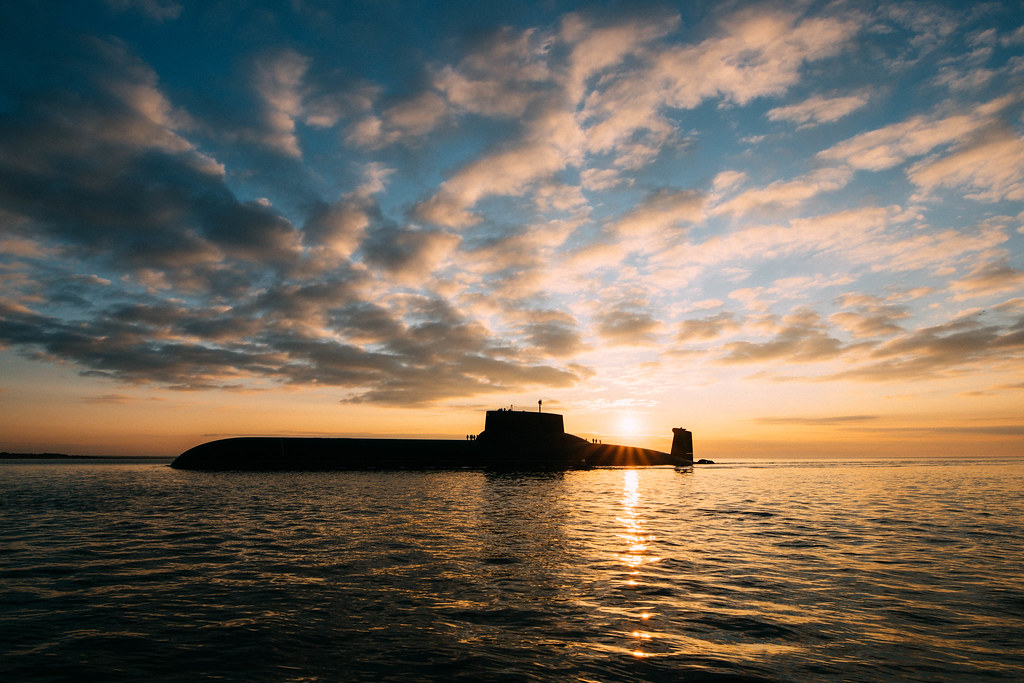
Delving into the depths of naval power, Russia’s submarine fleet stands as a testament to its enduring legacy and cutting-edge maritime capabilities.
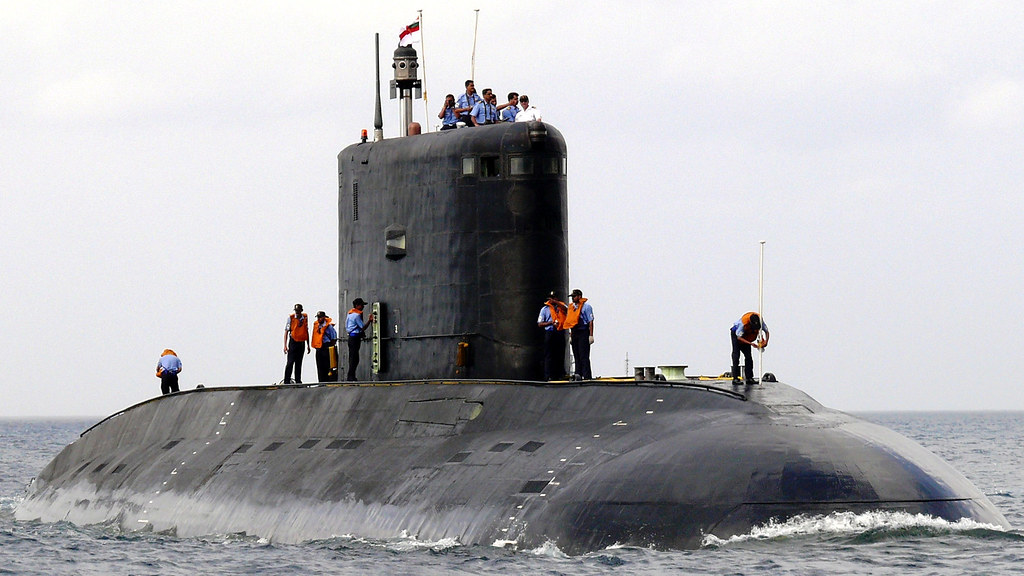
From the Cold War era to the present day, Russia has sailed some of the most formidable submarines in the world, showcasing a blend of legacy designs and advanced technology. Among them, the Akula-class, improved Kilo-class, Delta IV-class, Yasen-M class, and Borei-class submarines are particularly noteworthy.
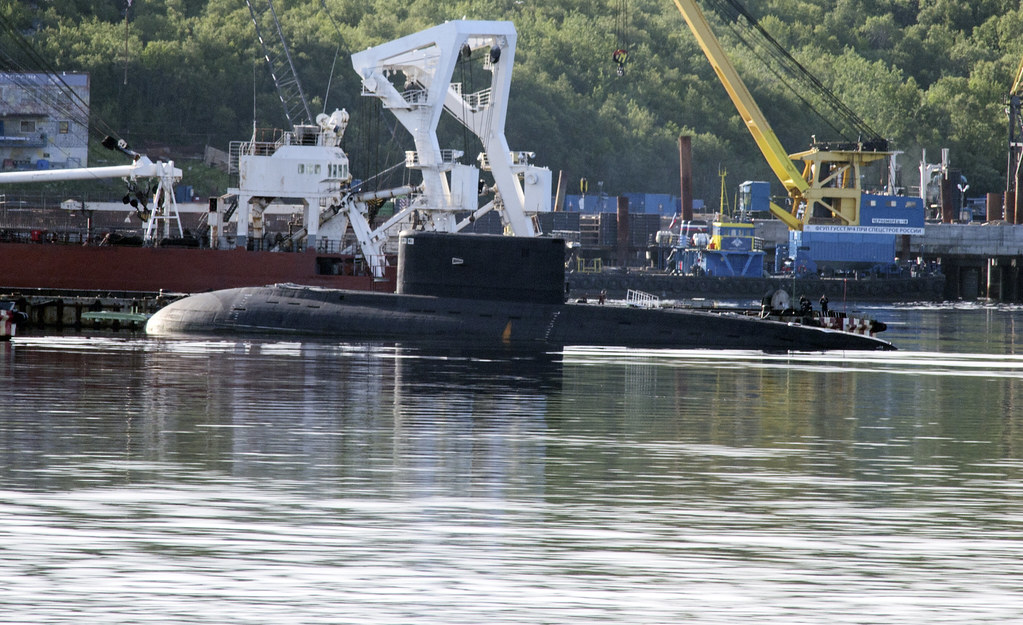
The Akula-class attack submarines, introduced just before the Soviet Union’s collapse, boasted advanced technology that took U.S. officials by surprise. Equipped with S-10 Granit cruise missiles, comparable to the U.S. Tomahawk, and a double hull design, these vessels offered an advantage in reserved buoyancy and inspired innovations in the U.S. Navy’s Seawolf and Virginia-class attack ships.
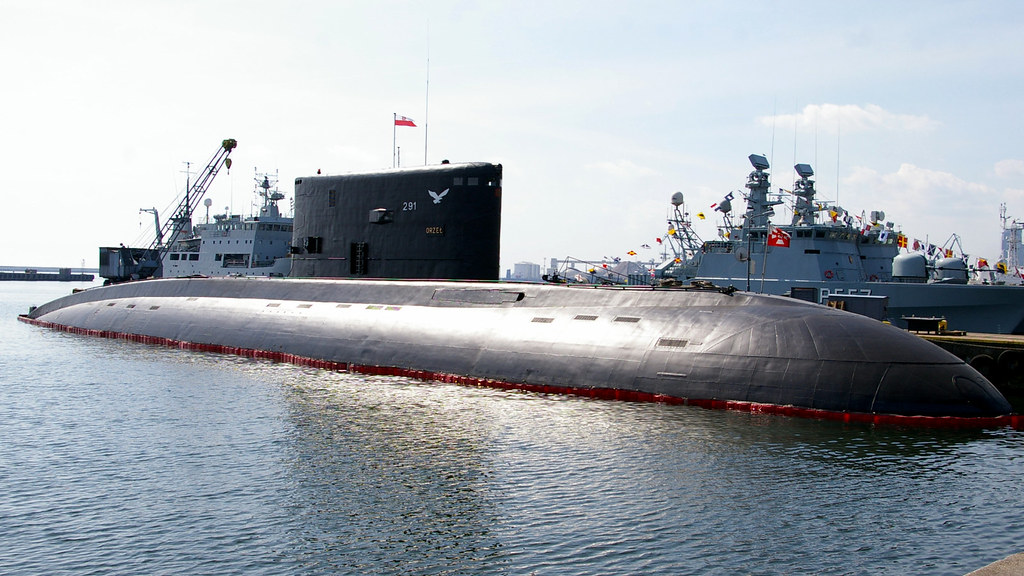
The improved Kilo-class diesel-electric submarines have been a staple of the Russian Navy, especially since the onset of Moscow’s invasion of Kyiv.
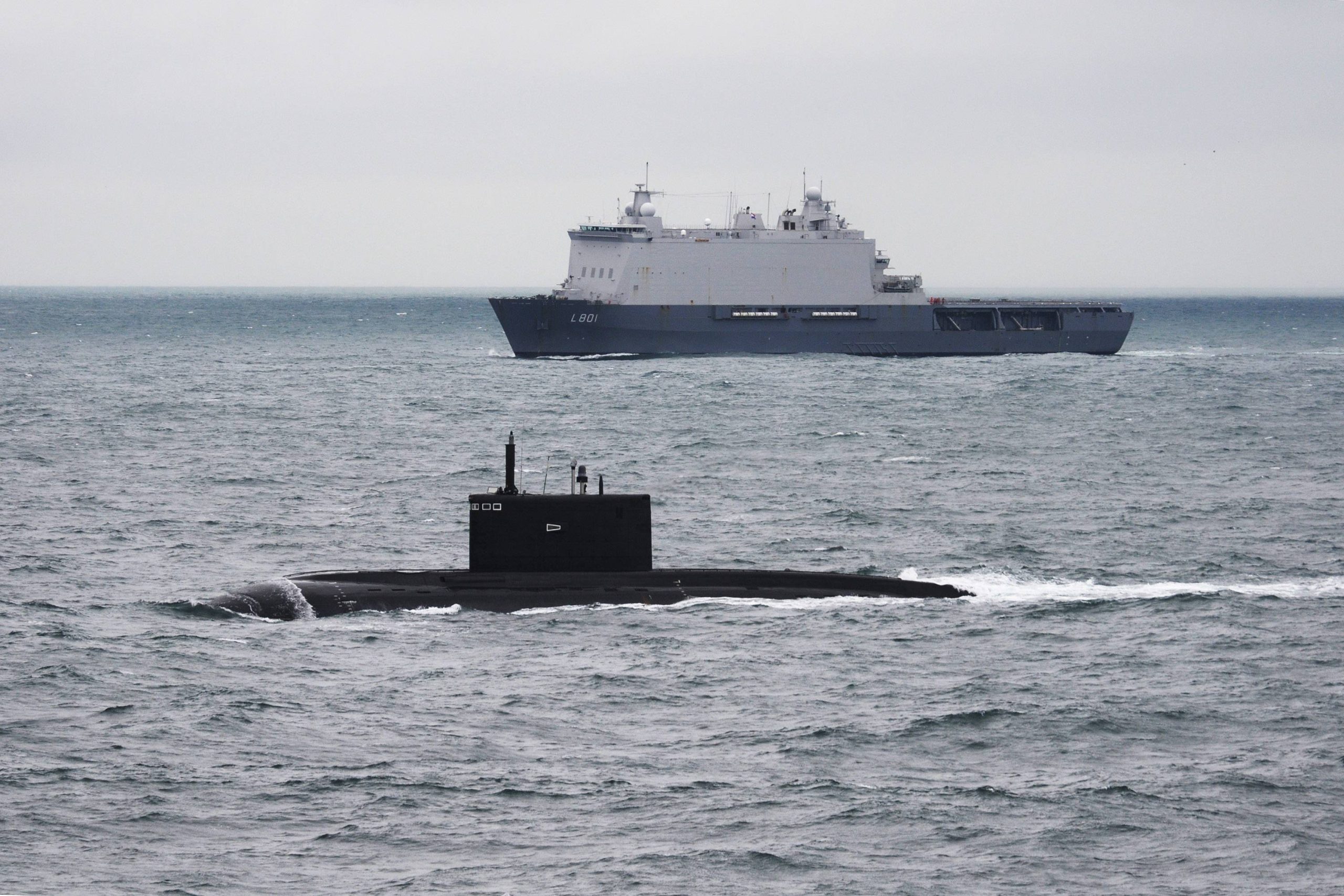
These vessels, designed for anti-shipping and anti-submarine operations, have been exported to various countries and are renowned for their stealth, carrying sophisticated internal navigation systems and modern torpedoes.
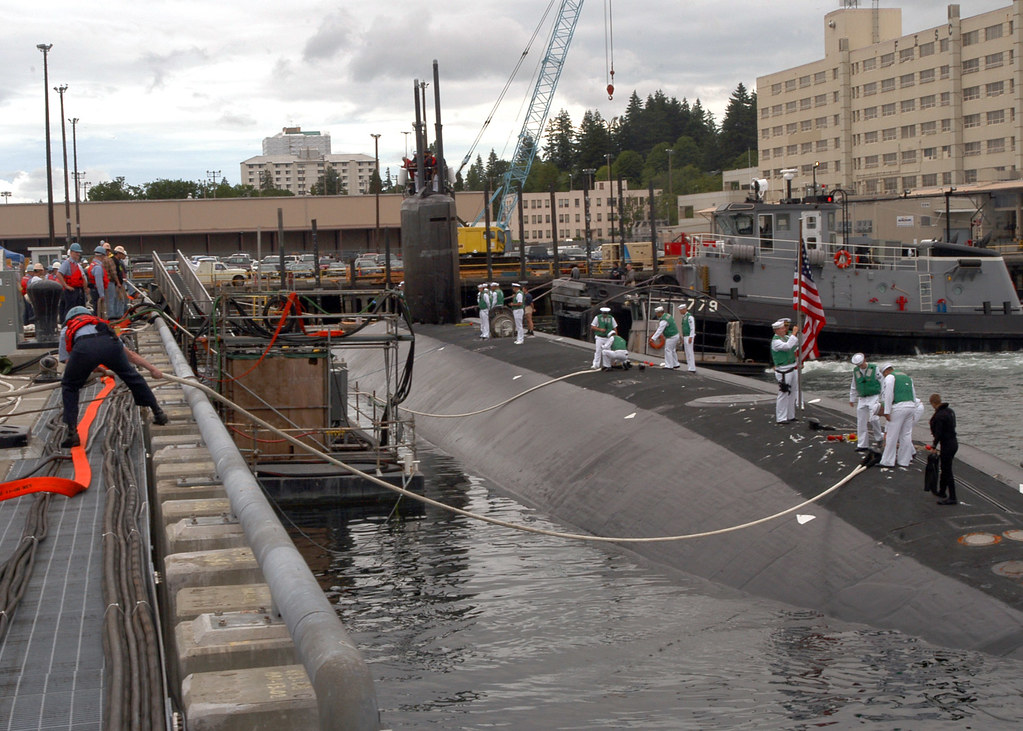
Delta-class submarines have been a pillar of Russian strategic capabilities for over five decades. Their nuclear-powered ballistic missile submarines, equipped with the R-29 Vysota family of nuclear ballistic missiles, were designed with advanced noise-reducing technologies, such as hydraulic jets and sound-absorbing coatings, which allowed for covert, practically noiseless combat patrol.
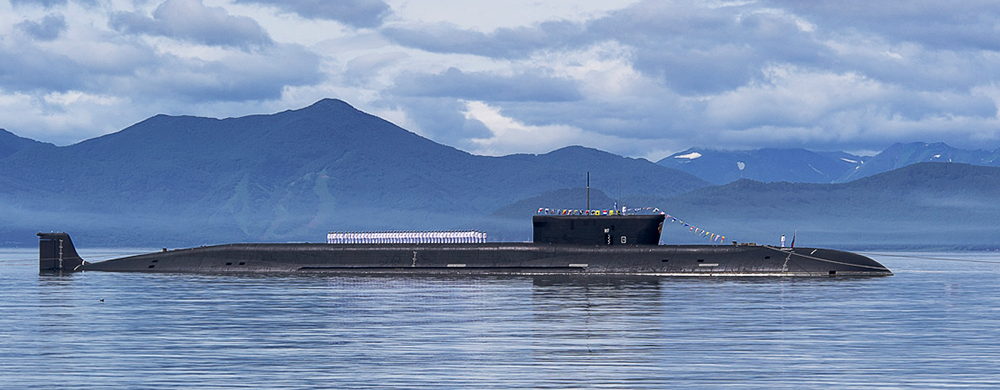
Borei-class, Russia’s fourth-generation nuclear-powered missile submarines, are expected to replace the aging Delta III submarines.
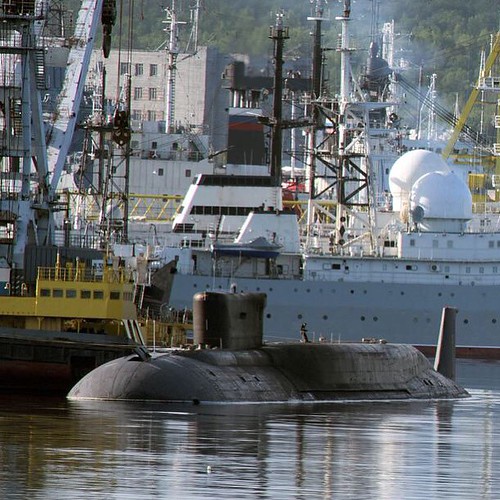
With a smaller size but a reportedly five times lower noise signature than the Akula-class, the Borei submarines can carry sixteen missiles and are a symbol of Russia’s post-Soviet naval ambitions.
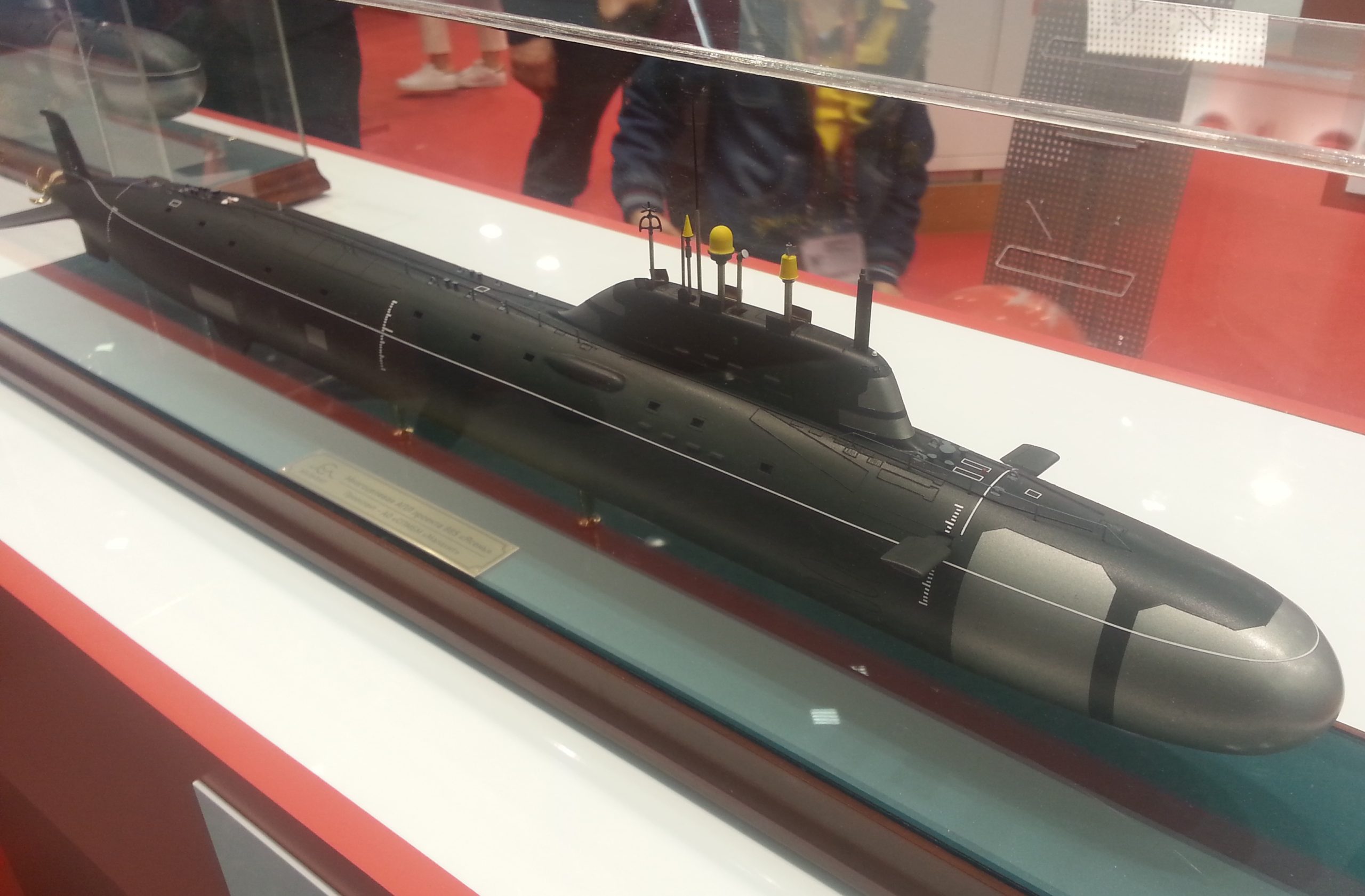
The Yasen-M class, which does not have Soviet roots, represents the new flagship line of Russian submarines.

These vessels are designed to have an even lower acoustic signature than their predecessors and will be compatible with the upcoming 3M22 Tsirkon hypersonic anti-ship cruise missile, adding a formidable edge to Russia’s naval capabilities.
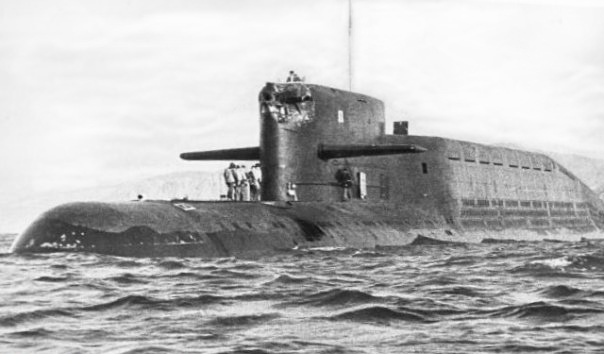
As geopolitical tensions rise in regions like the Black Sea and the Middle East, the potential for conflict increases. Russia’s current fleet, with its combination of aging ships and ambitious new projects, continues to carry the legacy of Soviet submarine innovation.
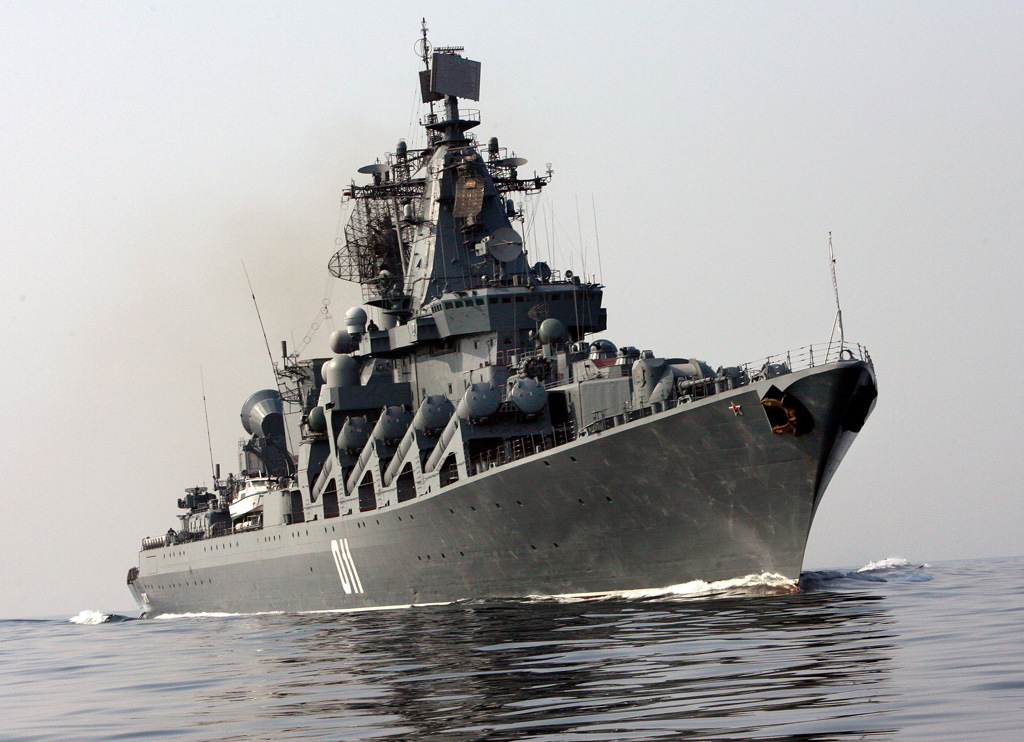
These submarines have played, and continue to play, crucial roles in Russia’s strategic posture. While some older models have been phased out, others remain active and are subject to modernization efforts.
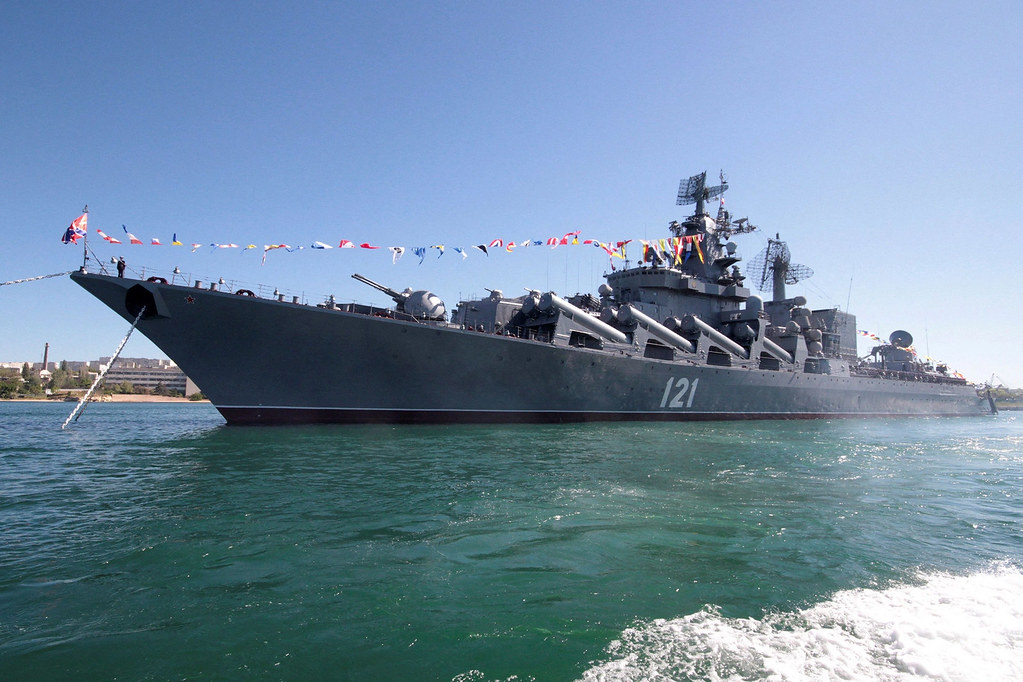
The Borei-class and Yasen-M class, in particular, represent the future of Russia’s submarine fleet, with plans to expand and upgrade these lines over the coming years. The Yasen boats, for instance, are set to threaten NATO’s carrier strike groups with their compatibility with the Tsirkon hypersonic missile.
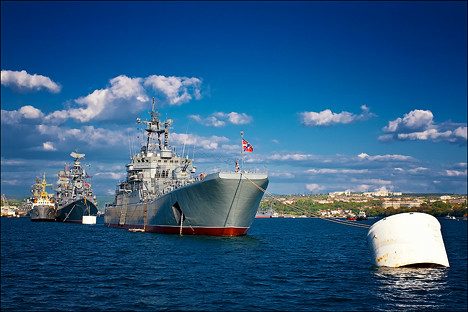
In the shadowy world of underwater warfare, Russia’s vessels stand out for their strategic importance and technical prowess. Each class of submarine embodies the evolution and strength of Russia’s maritime might, ensuring that the nation remains a dominant force in the depths of the world’s oceans.
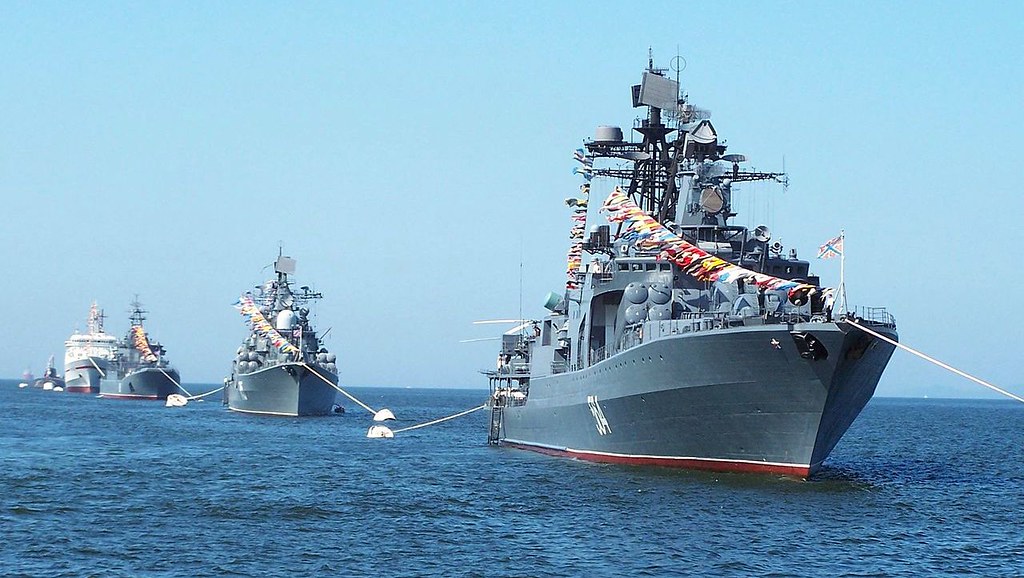
The reliance on a strong submarine fleet underscores the importance of maintaining a technological edge and preparedness, a challenge that Russia continues to meet with its mix of legacy and next-generation vessels.
Relevant articles:
– Ranked: Russia’s 5 Best Submarines to Ever Sail, The National Interest
– The Top 5 Best Submarines in Russia Ever Sent to Sea, The National Interest
– 5 Best Submarines in the World 2024, SSBCrack
– Top 10 Biggest Submarines in the World, Marine Insight

